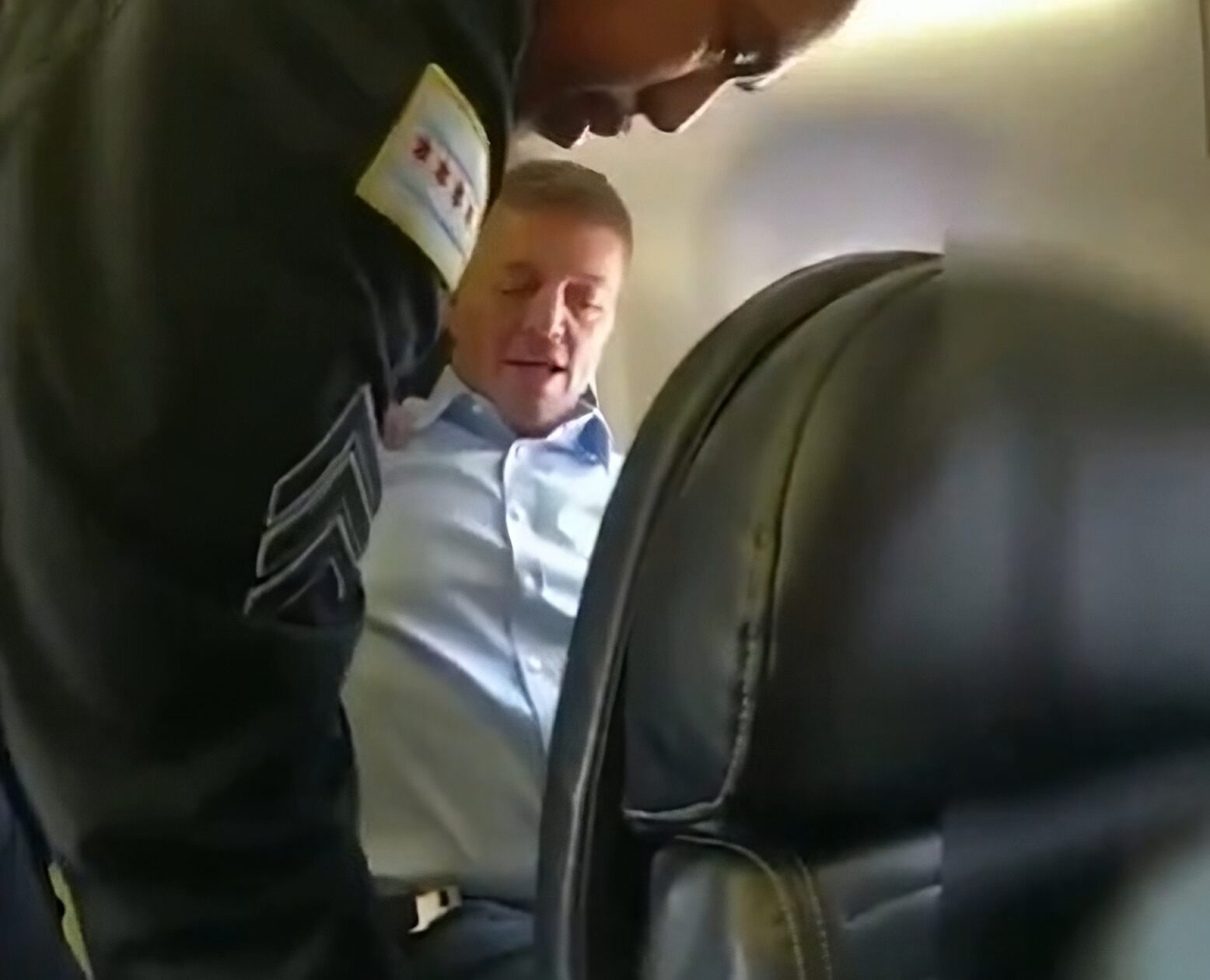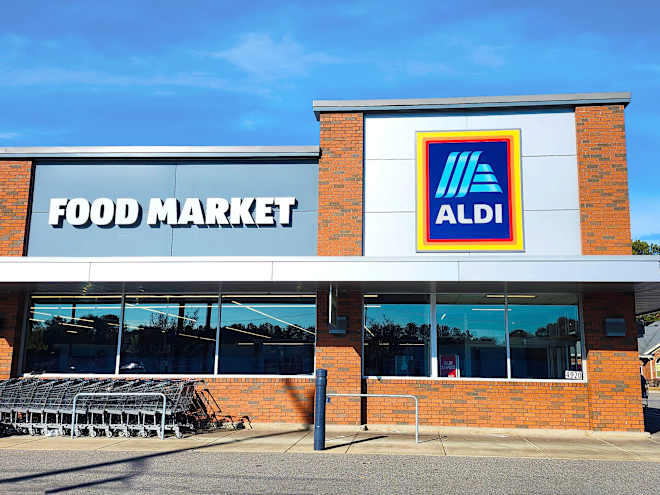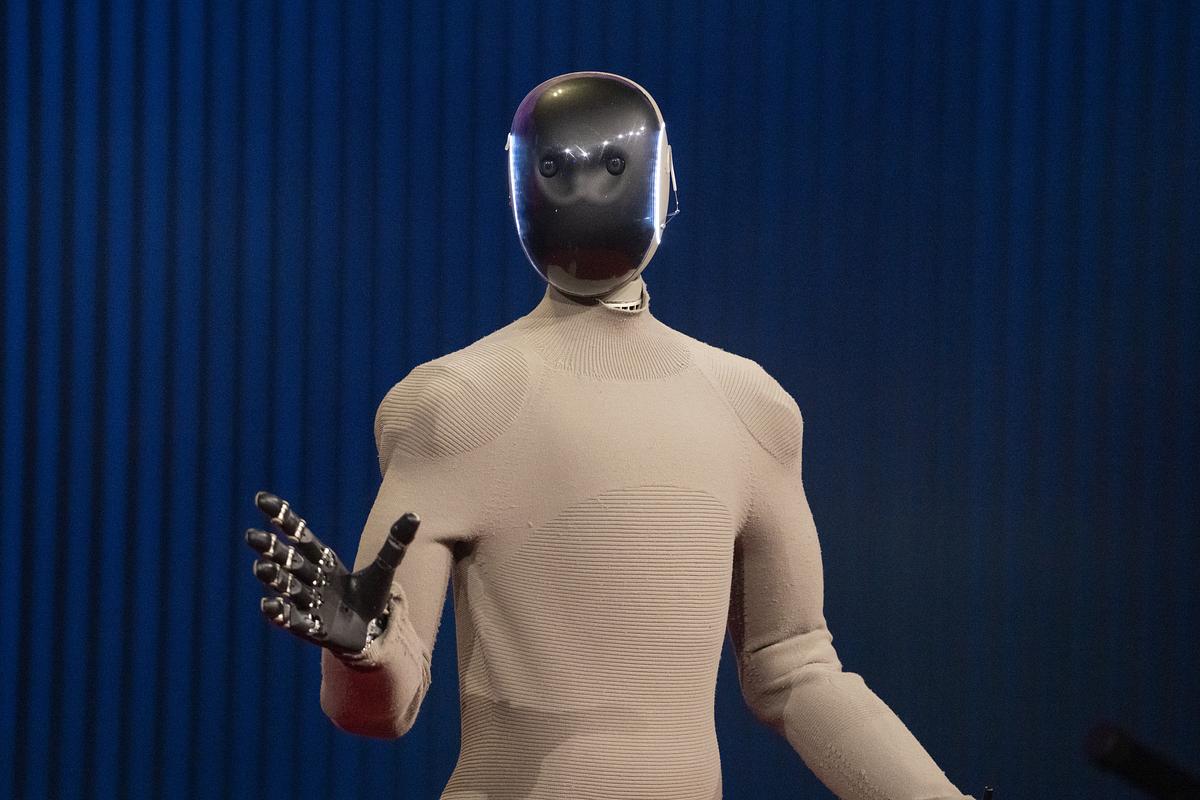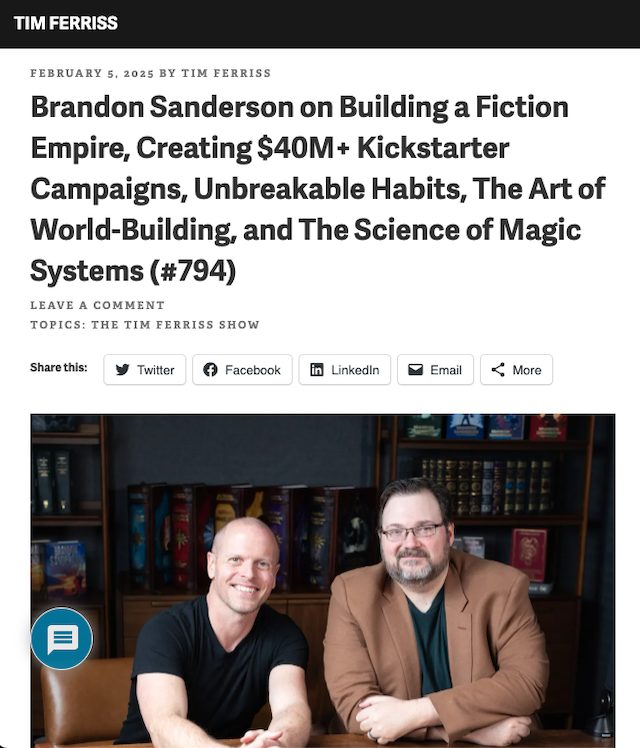College Uncovered: The Old College Try
The single fastest-growing group of students in college? It may come as a surprise: They’re still in high school. So-called “dual enrollment” — also known as “early college” and “concurrent enrollment” — seems a win-win. Institutions get students, at a time when demographic shifts are making that more difficult; that’s especially true at community colleges, […] The post College Uncovered: The Old College Try appeared first on The Hechinger Report.

The single fastest-growing group of students in college? It may come as a surprise: They’re still in high school.
So-called “dual enrollment” — also known as “early college” and “concurrent enrollment” — seems a win-win.
Institutions get students, at a time when demographic shifts are making that more difficult; that’s especially true at community colleges, whose enrollment has declined the most.
Meanwhile, high school students rack up credits, potentially saving time and money. Some finish their associate degrees at the same time that they get their diplomas. And studies show that they’re more likely to go on to and graduate from college thgan their classmates who don’t.
The Department of Education didn’t even track how many students were taking dual-enrollment courses until last year. It turned out that two and a half million of them are. Studies show they’re more likely to go to and graduate from college than their classmates who don’t.
High school students now make up a fifth of community college enrollment. At 37 community colleges nationwide, more than half of students are still in high school.
But like much in higher education, there are traps and pitfalls. Not all of those credits transfer, for example.
In this episode, we provide a road map to navigating dual enrollment.
Listen to the whole series
TRANSCRIPT
[Kirk] This is College Uncovered. I’m Kirk Carapezza. …
[Jon] … and I’m Jon Marcus.
[sound from classroom] So if you’re a group of five, put a chair on the end of your group of four table, please.
[Jon] We’re in a sociology class in the general studies building of a community college in Springfield, Massachusetts. The instructor is getting things underway. But there’s something different about the students filing into this class in T-shirts and hoodies and setting down their backpacks and water bottles. They’re all still in high school.
[sound from classroom] Alright, Eli, will you shut the door for me? Okay, so what we’re going to do today, you have your individual group assignment based off of the different topics.
[Jon] This is the sound of one of the most dramatic and fastest-growing innovations in higher education. Here it’s called early college, but it also goes by dual enrollment, dual credit and concurrent enrollment.
[Kirk] Right, Jon. Whatever the name, the idea is simple. Students start taking college courses while they’re still in high school. That way they can rack up credits and spend less time and money in actual college.
Here’s Rachel Romano. She’s the founder and executive director of Veritas Prep Charter School. That’s where those sociology students are actually completing high school. But they take all of their courses at the community college.
[Rachel Romano] You’re completing both the high school credit and requirement and you’re earning college credits at the same time. So that’s how it saves time and then how it saves money.
[Jon] Like everything else we’re talking about this season, dual enrollment is connected to the decline in the number of traditional-age college students. That’s the so-called demographic cliff.
Colleges need more students, even if they’re still in high school. But like pretty much everything in higher education, beware, because the opportunity of dual enrollment comes with traps and pitfalls.
This is College Uncovered from GBH News and The Hechinger Report, a podcast pulling back the ivy to reveal how colleges really work. I’m Jon Marcus of The Hechinger Report …
[Kirk] … and I’m Kirk Carapezza with GBH News. Colleges don’t want you to know how they operate, so GBH ….
[Jon] … in collaboration with the Hechinger Report, is here to show you.
Today on the podcast: The Old College Try.
[Jon] So are most of your classes in this building?
[Eli Frederick] Yes, I take sociology and psychology in this building, and then I take pre-calc and — oh, I’m sorry, I’m blanking — pre- calc and chemistry in Building 17.
[Jon] Eli Frederick is a high school junior at Veritas Prep, but he takes all of his classes here at this community college. He’s giving us a tour.
When you started here, how confusing was it?
[Eli Frederick] Actually, not that bad, now that I’m thinking about it. It took a little getting used to because at a typical high school, you don’t have to really travel between buildings.
[Jon] Our tour ended in the gym.
[Eli Frederick] First semester here, they have open gym and so I would go play basketball and so they would all be, like, ‘Oh, yeah, what y’all major in?’ So it was cool to be considered an actual college student.
[Jon] And in addition to saving time and money, that’s one of the simplest appeals of dual enrollment: It helps high school students practice fitting in at college.
Just take it from Eli Frederick. He hopes to go to Harvard.
[Eli Frederick] Yeah, absolutely. I’ll be prepared. I know what I’m looking for, know how to ask questions and have that character and that mindset of a college student already locked and loaded.
[Jon] Being exposed to the experience of college is a really big deal, Kirk, especially considering that more than 80 percent of the students at Veritas Prep, where Frederick goes, are low income. And low-income young people are typically less likely to go to college than higher-income ones. But most of the students here are taking at least one college course, and 4 in 10 are on schedule to graduate with enough credits to already have an associate degree.
[Kirk] That’s right, Jon. Here’s how Rachel Romano describes it. Remember, she’s the head of the charter school where these students are enrolled.
[Rachel Romano] We have many kids who are thinking, like, ‘Is college really for me? You know, is it worth it? Why would I spend extra money and time when I can just go to work?’ So I think it’s especially great for those kids who think college might not be for them to have a try at it and to see what it’s like to actually learn from a professor, you know, and have the experience of college.
[Kirk] That’s one of the reasons dual enrollment is growing so fast. The Department of Education didn’t even track how many students were taking it until last year. It turned out that 2.5 million of them are. It’s free in most states, and where it isn’t, it’s much less per credit than college. And it does appear to pay off. Studies show that high school students who take college courses are more likely to go to and graduate from college than their classmates who don’t.
Lauren Schudde is an associate professor at the University of Texas at Austin, and she studies dual enrollment.
[Lauren Schudde] It’s pretty consistently showing that those students are entering higher education and getting degrees from it at higher rates than their peers that didn’t take dual-enrollment coursework.
[Kirk] But dual enrollment doesn’t help everyone. For one thing, like a lot of educational advantages, it tends to be more available to some students than others.
[Lauren Schudde] Those students are more likely to be white students, they’re more likely to be from higher-income families, and to already be participating in some sort of college acceleration coursework.
[Jon] So, Kirk, another of the reasons dual enrollment has been growing so fast is that community colleges in particular need high school students to help make up for the traditional-age students they’ve been losing. Community colleges are where most of these dual-enrollment programs are based. Their numbers have fallen so steeply that high school students are their only growth market. And that’s even before the demographic cliff hits. Some of them have resorted to advertising it.
[sound of community college advertisements] Are you a high school student looking to get an early start on your college education? Dual-enroll at Kella Community College. You can get a jump start on college by completing college credit while still in high school. At Shelton State, our dual-enrollment ….
[Jon] High school kids now make up a fifth of community college enrollment. And listen to this, Kirk: At 37 community colleges nationwide, more than half of the students are still in high school.
[Kirk] Those are crazy numbers, Jon. No wonder why they’re advertising like this.
Another thing to keep in mind here is that there are a lot of different kinds of dual enrollment. A small proportion are taught at colleges, like the one we visited. Most are taught in high schools, where they’re led sometimes by college faculty and sometimes by high school teachers. And these are differences you need to pay attention to.
Here’s Lauren Schudde again.
[Lauren Schudde] Students that are taking it with their high school teacher are slightly less likely to move on to college later on, whereas those that are taking it the college instructor, their grades may be a little bit lower, but it does seem to make them more likely to move on pretty quickly to go into college immediately.
[Kirk] If your high school doesn’t offer dual enrollment on a college campus or doesn’t offer it at all, you can go and ask for it to be added. That’s according to Alex Perry. He’s coordinator of an advocacy group called the College in High School Alliance.
[Alex Perry] Maybe it’s because they think that their students and parents don’t necessarily want it. But if you’re sort of saying, actually, this is an experience we want to have at our school, there’s nothing stopping being able to make that happen.
[Kirk] It not only matters where you take a dual-enrollment course, Jon, or who you take it with, it matters what you take.
[Jon] Yeah, Kirk. Some high schools offer courses they think their students will like, such as, say, the history of hip-hop. But those credits will be tough to transfer, and that’s a big potential trap for students and their parents.
[Alex Perry] This isn’t something that someone should just tell you to do and you do it without being really thoughtful about it. The journey to saving time and money begins with a set of strategic choices on the front end. So be as careful and strategic as you can about those choices.
[Jon] Alex Perry and others say that means thinking through what you want to get from dual enrollment. If it’s a college degree, take general education courses such as English, biology, and calculus.
[Alex Perry] There are circumstances where students are making course selections, just thinking, ‘Well, the more college I take, the better, right?’ And they just take a bunch of dual-enrollment courses, they get to their college and they’re, like, ‘Well, I’ve taken enough for a year’s worth of college.’ And it’s, like, actually, no, because you took history of hip hop and underwater basket weaving. But if you’re taking it because you think it’s going to apply to anything other than a bachelor’s degree in underwater basket weaving, like, the reality is it probably isn’t.
[Jon] Rachel Romano, who runs that charter school, wants her students to aim high.
[Rachel Romano] You know, they come to the community college, they see these incredible labs and simulators and, look at this, I can be an ultrasound technician. Boom, that’s what I want to do. And that’s great, that’s a cool job. But it’s also a job that’s pretty limiting in terms of growth potential. So we are spending a good deal of time counseling kids around, great, and that would be a cool entry-level job while you work your way through college Because the difference in your earning potential if you’re an ultrasound tech and you’re an RN is pretty big
[Jon] Now, Kirk, that doesn’t mean you can’t change your mind later. Here’s Alex Perry again.
[Alex Perry] I wanted to be an astronaut when I was 16, and I do this now. My life took a very different path than the one I was expecting, and that’s fine, right? That’s good. We all have those sort of meandering paths to the things we ultimately want to do.
[Kirk] Yeah, Jon, you always wanted to be a fireman, right?
[Jon] That’s right, Kirk. I still want to be.
[Kirk] Now, the most important thing to think about when considering dual enrollment is whether the credits will transfer. I mean, that’s the whole point, right? And they often don’t. This is a huge and expensive problem in all of higher education.
Emily Tichenor studies it as a senior program manager for the nonprofit Ithaka S+R.
[Emily Tichenor] Dual-enrolled students who are transferring college credit are facing a lot of the same problems that all students across higher education sectors are facing when they’re transferring credit. And one of those things is a lack of clear information ahead of time about how the courses they’re taking connect to degree requirements at the next place that they are attending.
[Kirk] Now, it’s easy to transfer credits to the community college that provided the dual-enrollment courses. But community colleges have low graduation rates and low proportions of students who go on to get bachelor’s degrees. On the other hand, a four-year university might not accept all of the same credits, and a four-year selective private university like Harvard might not take any of them
[Emily Tichenor] They should really be thinking about where do they want to take that credit after high school, because that makes a big difference in how it may be accepted.
[Kirk] This is another place where students and their parents can stand up for themselves against the higher education bureaucrats.
[Emily Tichenor] You can advocate. So if you do arrive at the institution and you do not think that you are getting the credit that you deserve, don’t make that ‘no’ a hard ‘no.’ See if there’s someone you can talk to. Advocate with faculty and with your advisors. Make sure you bring your syllabus.
[Kirk] There are also resources you can find to help. One is maintained by the University of Connecticut. We’ll put it in the show notes. You can see how likely your credits will transfer at about 1,000 universities and colleges.
Now, Jon, there’s one last question I wondered about, especially since we’re here among, let’s call them the ambitious high school overachievers in greater Boston.
[Jon] Yeah, Kirk, what’s that?
[Kirk] So what’s the difference between dual enrollment and taking an Advanced Placement class in high school?
[Jon] Ah, good question. You know who administers the AP test, right?
[Kirk] Yeah, the same people who bring you the SAT, College Board.
[Jon] Exactly. And College Board says the AP is a better way to measure whether students have mastered college-level work.
But AP classes are taught in high schools by high school teachers. So they don’t really give you an idea of what it’s like to be in college. And there’s another issue. Sometimes students run into the same problem with getting credit for their hard work on an AP test as they do for dual enrollment.
We asked Lauren Schudde at the University of Texas to referee.
[Lauren Schudde] With AP courses, you have to pass the test in order for it to count. At a lot of colleges across the country, it’s not just passing it — that’s a score of a 3. You have to have a 4 or a 5 on the AP test for it count and transfer into a given institution.
[Jon] The high school students who we met in that community college sociology course, they’re still in 11th grade. So they have some time to go. But they say that since the day they started there, dual enrollment has changed their entire view of college.
[Laysha Gonzalez] I was overwhelmed because I’ve never had, like, a syllabus week. I’ve never had stuff like that.
[Jon] That’s 17-year-old Laysha Gonzalez. She says she’s already learned a lot, and not just about sociology or chemistry.
[Laysha Gonzalez] But as we assimilated into our classes, I felt more at ease. Because they don’t just drop you into a college class. We have companion courses where we have time to do our work, we can catch up on stuff, we can ask questions, and I think that’s a really important part of the program.
[Jon] And that’s a big part of the idea. It’s not just about getting credits and saving money, though those things are important. It’s about young people seeing themselves in college.
[Laysha Gonzalez] It made me realize that I can do the hard classes, and it really made me see education as something completely different. They have really opened my eyes to what I can do and the limits I can push myself to.
[Jon] So, Kirk, the students who we’ve met today seem to be firmly on the right track.
[Kirk] Right, Jon, but people also need to keep in mind that there are limits to dual enrollment, that the credits won’t universally transfer, that some schools won’t take them. That’s why we’re here, right? Because like with everything in higher education, you need to do your homework.
This is College Uncovered. I’m Kirk Carapezza with GBH …
[Jon] … and I’m Jon Marcus from The Hechinger Report. This episode was produced and written by Kirk Carapezza …
[Kirk] … and Jon Marcus.
This episode was edited by Jonathan A. Davis.
Our executive editor is Jenifer McKim.
Our fact-checker is Ryan Alderman.
[Jon] Mixing and sound design by David Goodman and Gary Mott.
All of our music is by college bands. Our theme song and original music is by Left Roman out of MIT.
Mei He is our project manager. And head of GBH podcasts is Devin Maverick Robins.
College Uncovered is made possible by Lumina Foundation. It’s produced by GBH News and The Hechinger Report and distributed by PRX.
Thanks so much for listening.
More information about the topics covered in this episode:
Find a dual-enrollment program accredited by the National Association for Concurrent Enrollment Partnerships, or NACEP.
Use this database from the University of Connecticut to see if your dual-enrollment credits will transfer.
The post College Uncovered: The Old College Try appeared first on The Hechinger Report.



















![[DEALS] The 2025 Ultimate GenAI Masterclass Bundle (87% off) & Other Deals Up To 98% Off – Offers End Soon!](https://www.javacodegeeks.com/wp-content/uploads/2012/12/jcg-logo.jpg)



-Olekcii_Mach_Alamy.jpg?width=1280&auto=webp&quality=80&disable=upscale#)























![Air Traffic Controller Claps Back At United CEO Scott Kirby: ‘You’re The Problem At Newark’ [Roundup]](https://viewfromthewing.com/wp-content/uploads/2025/05/scott-kirby-on-stage.jpg?#)
































